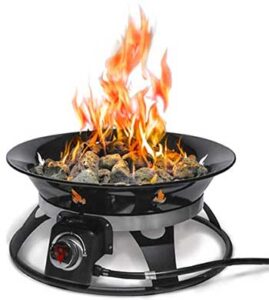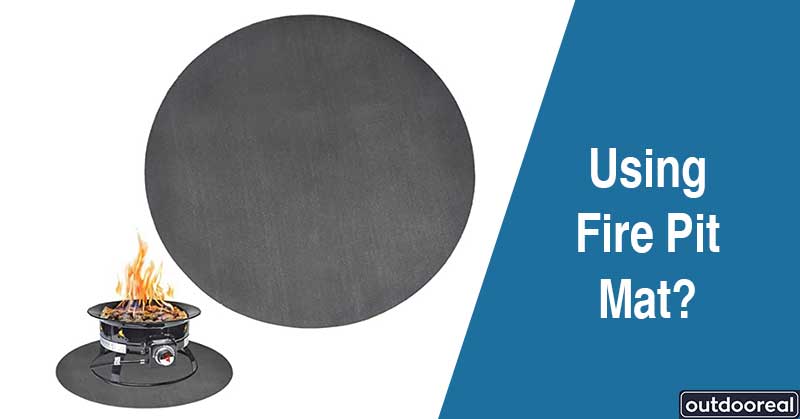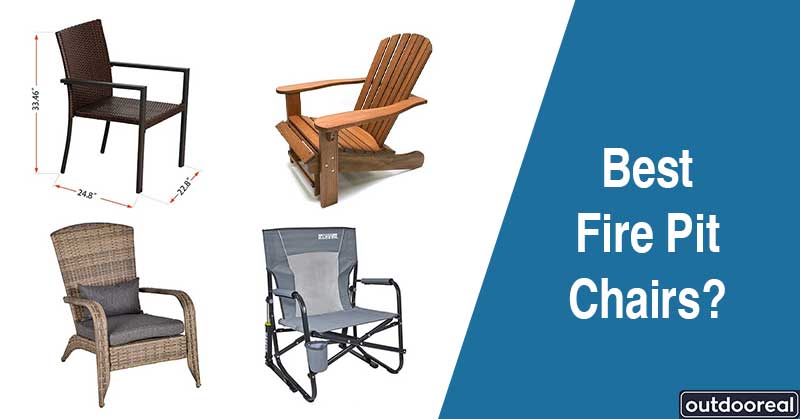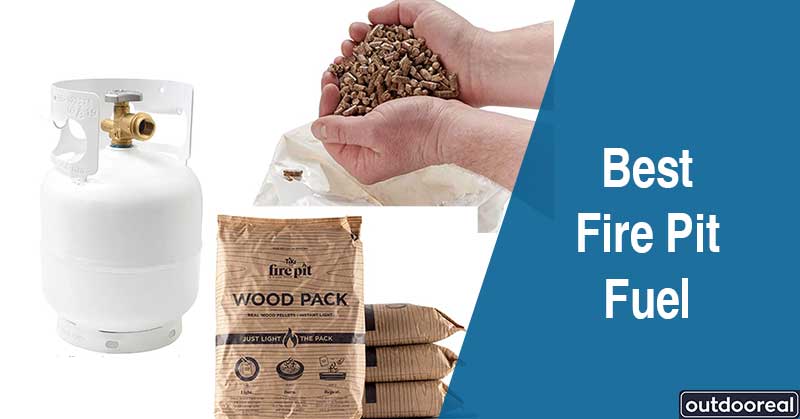Incomplete combustion of firewood, and excessive moisture in the wood (especially “green” wood or older wood), is the typical cause of the smoke. High sap content, leftover debris, chemical waste, or softwood also cause the fire pit to smoke more than usual.
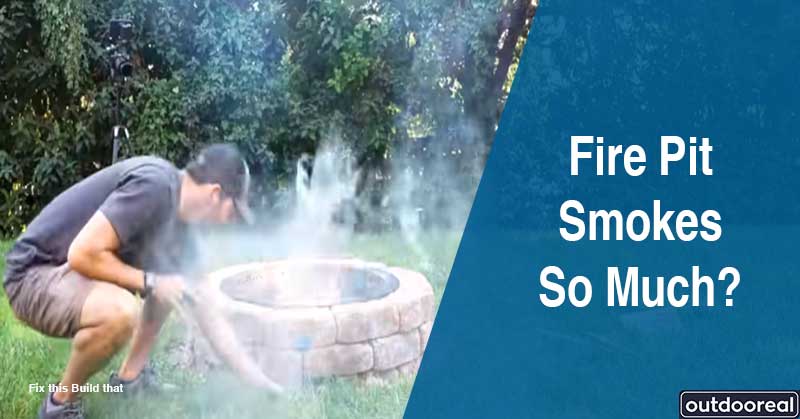
Reason That May Create Smoke in Your Fire Pit
Fire pits are pretty enjoyable. They are warm, comforting, and the ideal gathering space for friends and family. However, when they continually puff smoke in your face, it dulls the atmosphere.
Here are some reasons why your fire pit is making the air smokey;
1) Using contaminated (fungi or mold) wood:
The presence of mold and fungi increases the risk of using seasoned firewood or wood that has been sitting outside or in the warehouse for an extended period. The smoke produced by the combustion of this wood is due to the removal of mold and fungus. If you suspect your firewood may be contaminated with fungus or mold, you should not use it.
The fungal or mold is not the sort of thing you want floating around in the air near your loved ones. If you use kiln-dried firewood, you won’t have to worry about this happening. Burning something that has been kiln-dried eliminates any risk of exposure to harmful mold, fungus, or insects.
2) Burning Soft and wet wood
The wood you use is unsuitable or unseasoned, or there’s too much rubbish in and around the fire. As a result, it will never burn as efficiently. The amount of flame a fire produces decreases as the number of smoke increases.
When the wood is heated, the moisture evaporates and is replaced by steam. When this steam combines with the smoke from the burning wood, the result is a much denser cloud than would be produced by burning dry wood.
In addition, damp wood presents issues because it does not burn as hot. Smoldering wood will produce a lot of smoke since smoke is produced at lower temperatures than flame.
Firewood should always be hardwood rather than softwood. Hardwoods are trees that shed their leaves annually, while softwoods are evergreens. Cherry, oak, and hickory are all excellent hardwoods for fires.
3) Burning debris or trash:
Waste disposal in the fire pit is always a terrible plan. Toxic smoke and odors may release from any garbage, which would be hazardous for everyone. However, the piling of old, moist ash, embers, dry leaves, papers, food wastes, polythene packages, and other material in your fire pits from previous burns may prevent the present fire from burning efficiently and cause a lot of smoke.
4) Stacking the firewood improperly:
You might be wondering, what the smoke has to do with the proper stacking of firewood, but they do have a relation to oxidizing. Logs need air to burn, and if they’re piled too high, there won’t be enough. In rare cases, this can prevent a fire from starting altogether, leaving the wood to overheat instead of burn.
[You may also like: Should we use sand under fire pit?]
Is It Okay to Have Smoke in Fire Pit?
No, it is not entirely okay to have smoke in the Fire pit. As no fire pit is smoke-free; however, having excessive smoke is injurious to health. Wood smoke contains tiny particles that can seep through even the smallest openings. According to the USEPA, smoke, even from clean, dry firewood, contains carcinogens including benzene and formaldehyde, similar to cigarette smoke.
Having asthma or bronchitis might worsen symptoms or even trigger an attack. The fine particles in wood smoke might also cause cardiovascular problems.
Recommended Article: How deep should a fire pit be?
Which Types of Fire Pit Produce Less Smoke?
The straight answer is “Smokeless fire pit.” Smokeless fire pits may produce the same warmth and ambiance as a traditional backyard fire but without the bothersome smoke, ash, and embers. Gas, wood pellets, or propane can be used in these fire pits.
In the smokeless fire pits, smoke is considerably reduced due to the secondary combustion phase. The fire heats the space between the interior and outside walls. Hot air rises and escapes via the vents at the top as it warms. The smoke will be pushed back into the active flames and re-burned when air is squeezed out of these openings.
Usually, smokeless fire pits are gas fire pits. However, some wood-burning portable fire pit on the market has been designed as smokeless. Remember, no smoke-free fire pit exists, but we can produce less smoke with the smokeless models.
Does Wood Burning Fire Pit Create More Smoke than Propane Fire Pit?
Yes, a wood-burning fire pit produces more smoke than a propane fire pit. However, starting a fire in a propane gas fire pit requires propane. Alternatively, wet logs will not work in a wood fire pit.
Compared to propane or natural gas, wood often burns hotter and generates more heat. A gas fire pit is more efficient than a wood-burning one due to the absence of smoke. Propane gas produces fewer emissions than wood because it burns cleaner and is environmentally friendly. The combustion of propane is more hygienic than that of wood but not as clean as that of natural gas.

